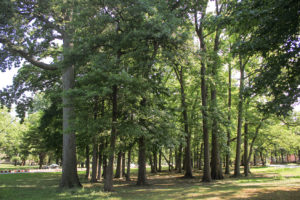 Location: 108.91 acres between Boston Road and the Hutchinson River Parkway.
Location: 108.91 acres between Boston Road and the Hutchinson River Parkway.
Status: Never landmarked or heard.
Description from the Bronx Survey: The Bronx and Pelham Parkway (or simply Pelham Parkway, as it is generally known) is a handsome piece of urban design linking Bronx Park in the central part of the borough with Pelham Bay Park to the east. The history of the parkway begins in 1883 when the city petitioned the State Legislature for a commission to choose sites for new parks in the Bronx. By 1888 the city had selected the 3,757 acres that now comprise Van Cortlandt, Claremont, St. Mary’s, Crotona, Bronx, and Pelham Bay parks. In addition to the park lands the city also took title to strips of land which were conceived as green belts connecting the parks.
Examination of the 1905 Atlas of the Bronx reveals that the 400-foot wide strip extending eastward from Fordham Road to Pelham Bay had no roadway running through it; in fact, it was not until 1911 that the city opened to traffic the 11,861-foot asphalt roadway that still serves as the parkway’s westbound lane. A separate eastbound lane — made necessary by the tremendous growth of the east Bronx– was laid out in the 1930’s. In form, Pelham Parkway is a hybrid, since it takes some of its feature from the nineteenth-century urban parkway designs of Frederick Law Olmstead and others from the later “express” parkways of the 1950′ s, Like such nineteenth-century predecessors as Ocean and Eastern Parkways in Brooklyn, Pelham Parkway boasts flanking service roads that carry traffic to and from side streets.
There are, however, none of the elaborate provisions for bicycle paths or pedestrian walkways that characterize 0lmstead’s designs, as its primary concern with automobile movement places Pelham Parkway firmly in the twentieth century. But unlike such controlled access roads as the nearby Bronx River Parkway, Pelham Parkway has no grade separation at any of the six intersections along its 2.5 mile route. If Pelham Parkway lacks certain amenities found on other parkways in the city, it remains, nonetheless, a splendid resource for the Bronx and the city.
Grassy strips between lanes of traffic are wide enough to accommodate playgrounds, horseback riding trails and long rows of benches, and these areas are well used by residents of the neighborhoods north and south of the parkway. Shade trees planted at regular intervals line the roadways and form impressive allees. Most importantly, however, the parkway provides welcome visual relief in a section of the Bronx that is now densely built up with apartment houses and single family dwellings.

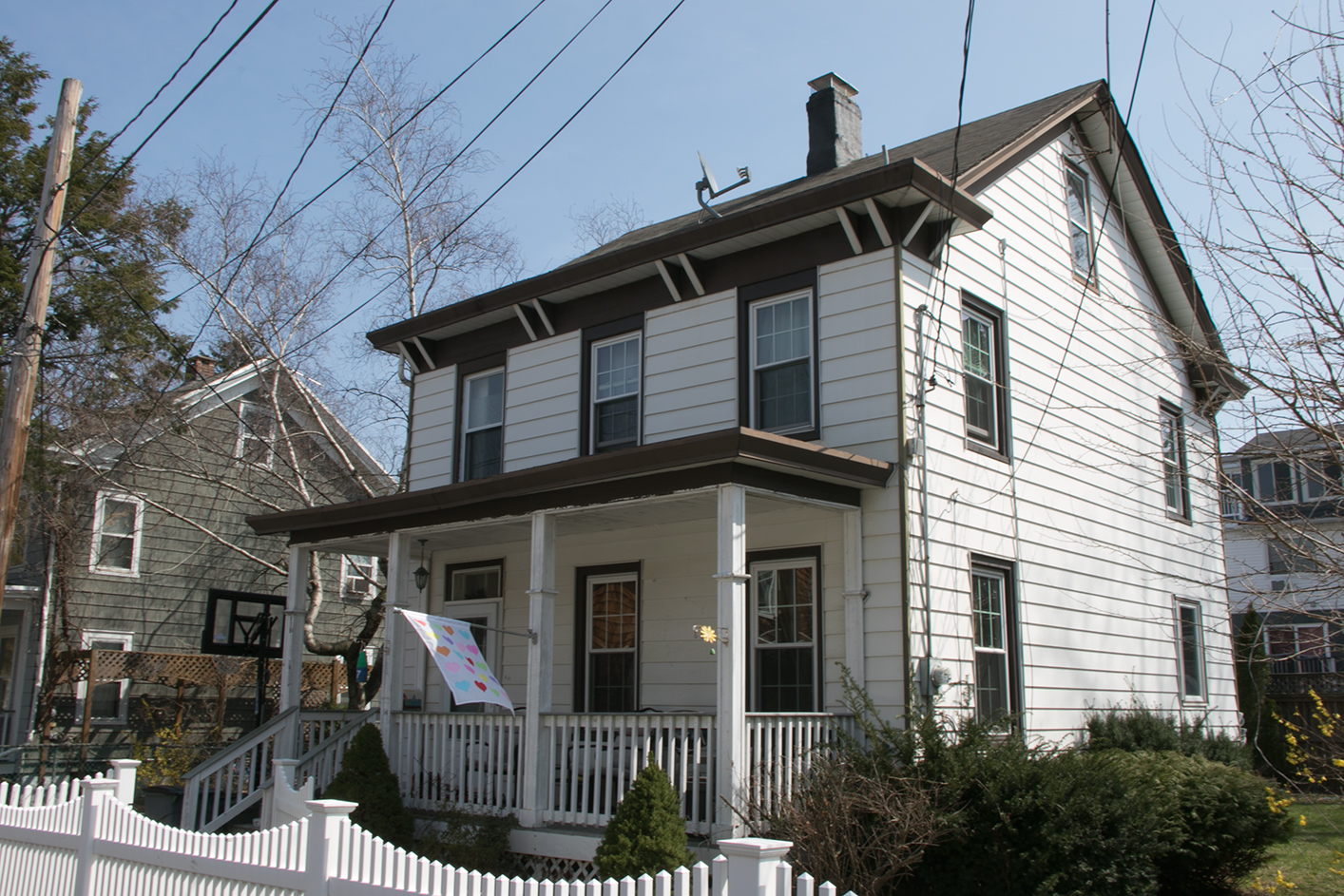
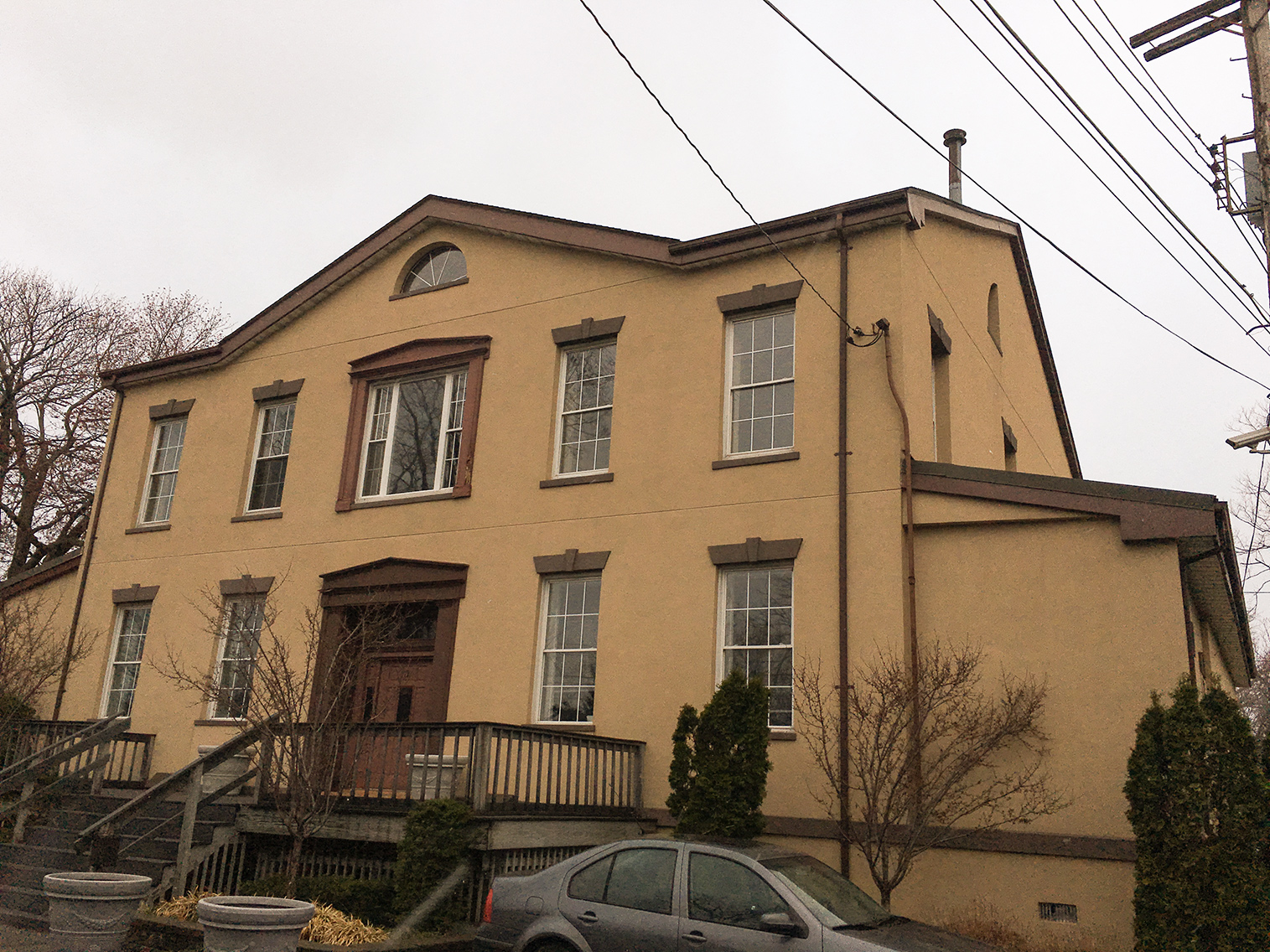
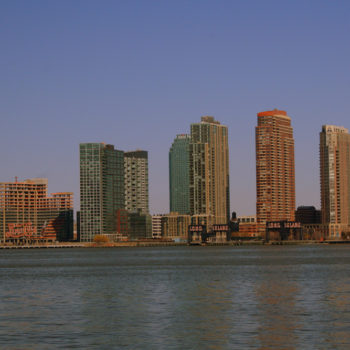
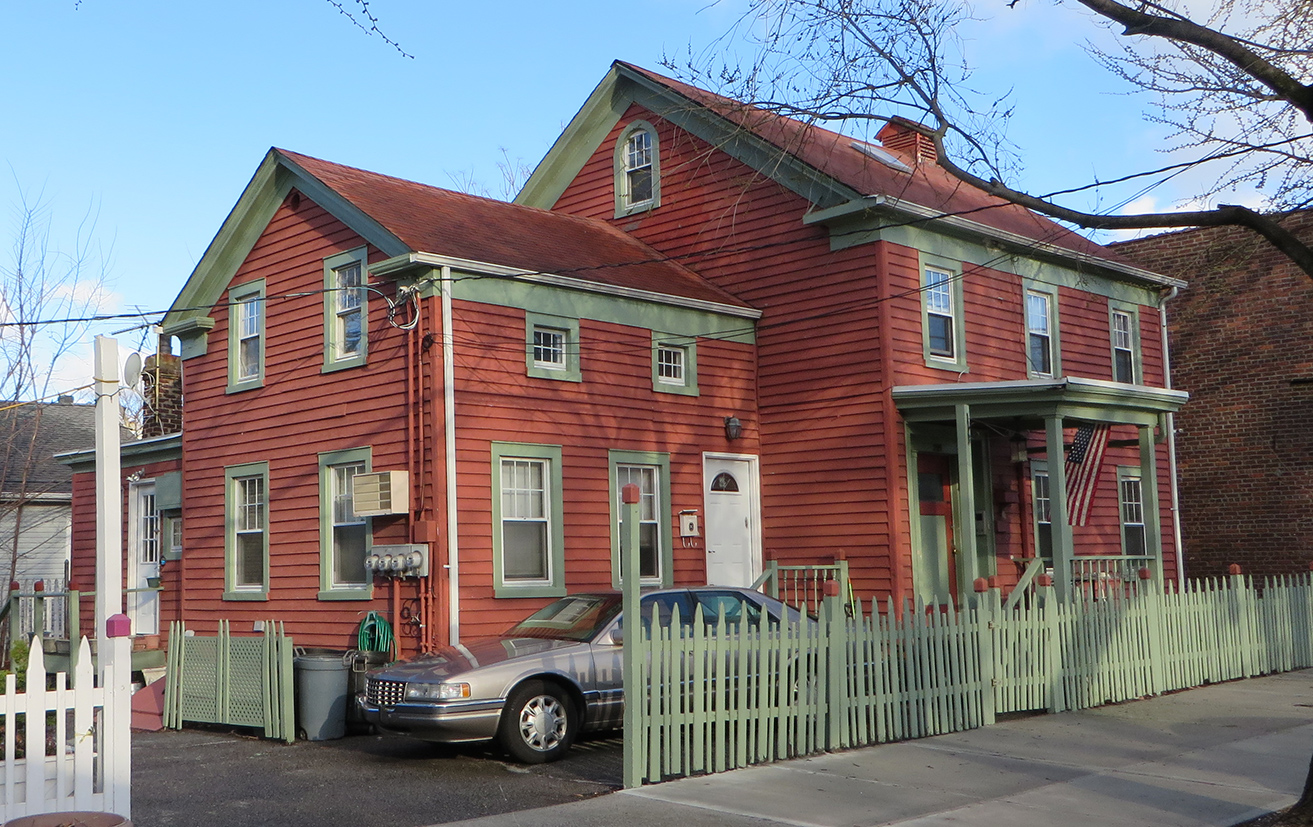
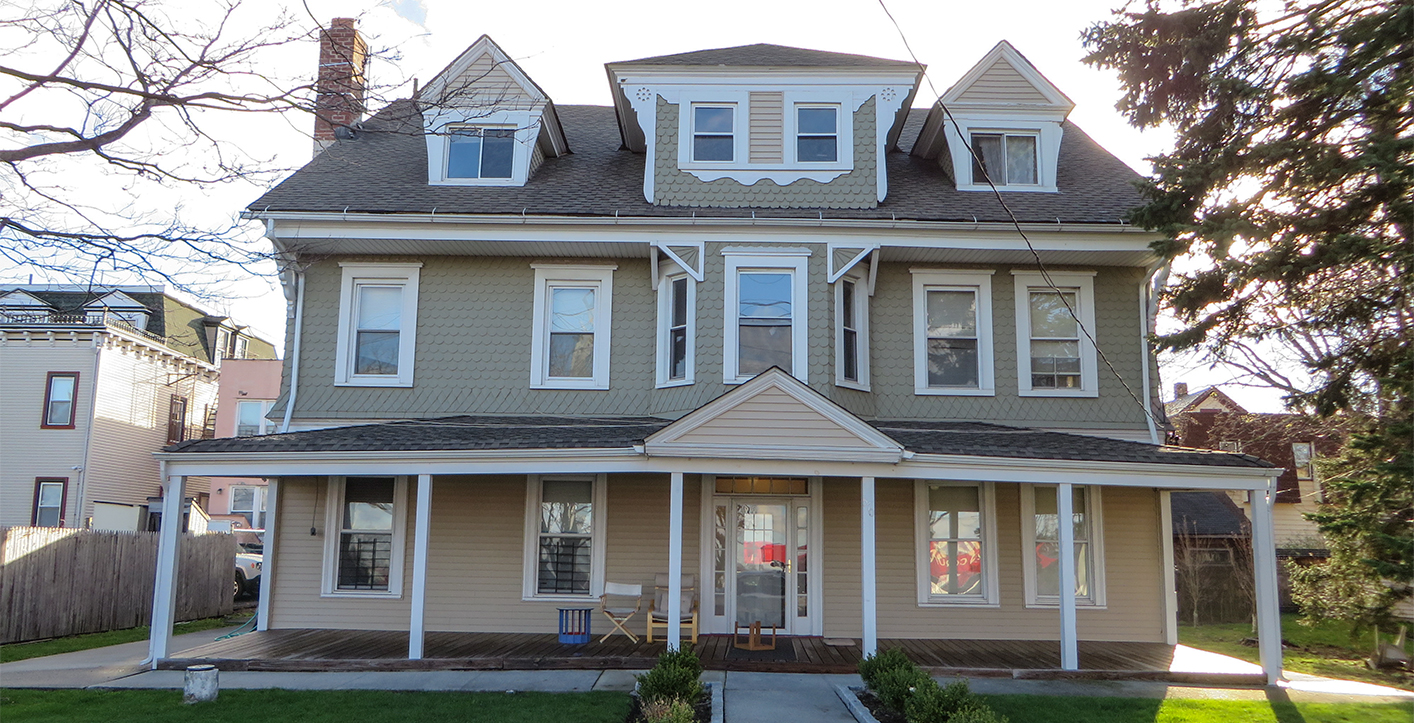
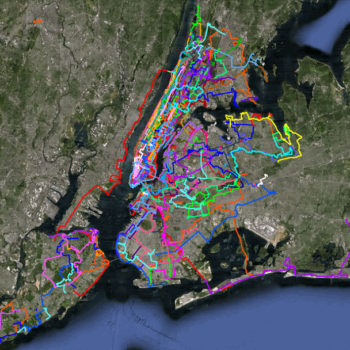
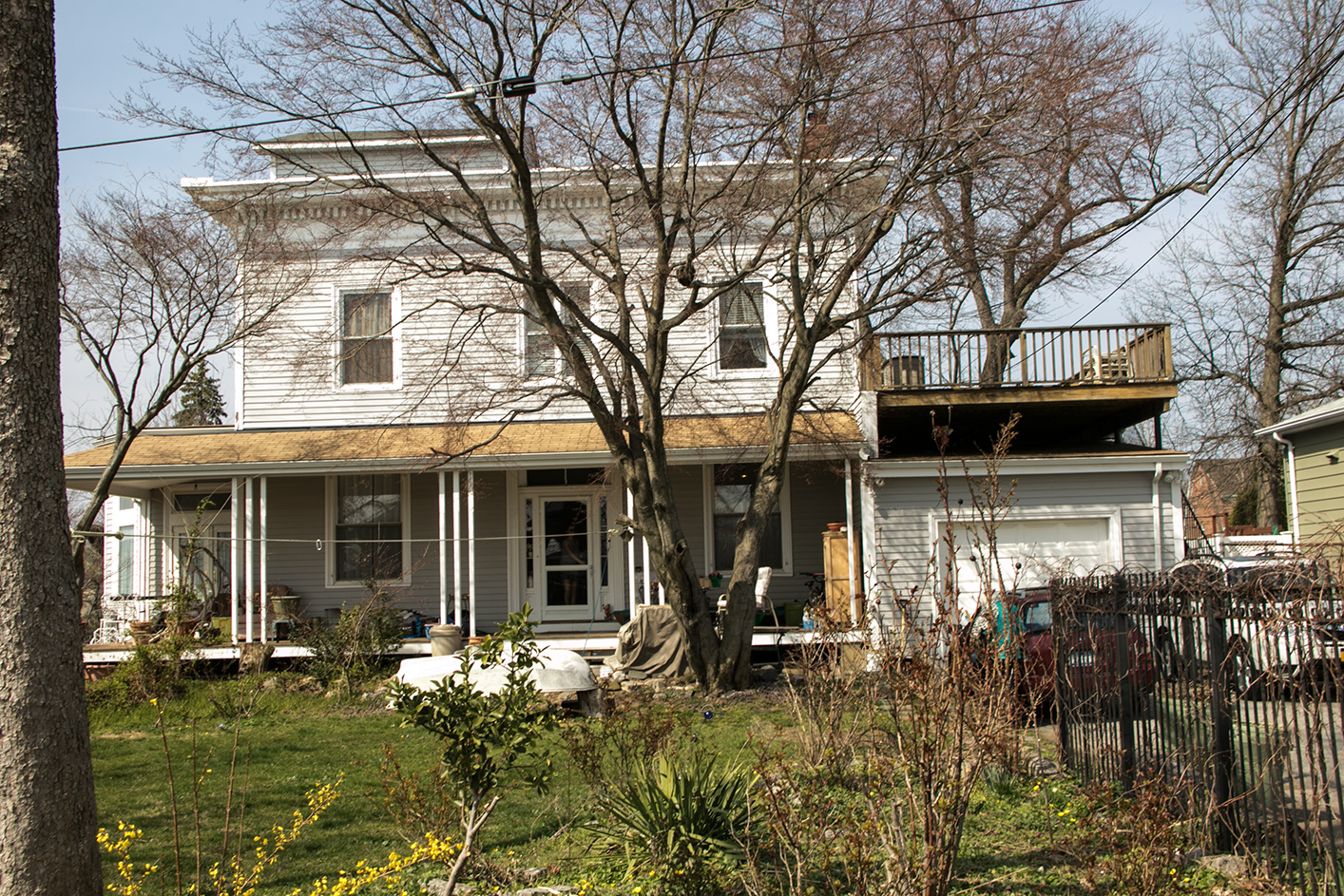
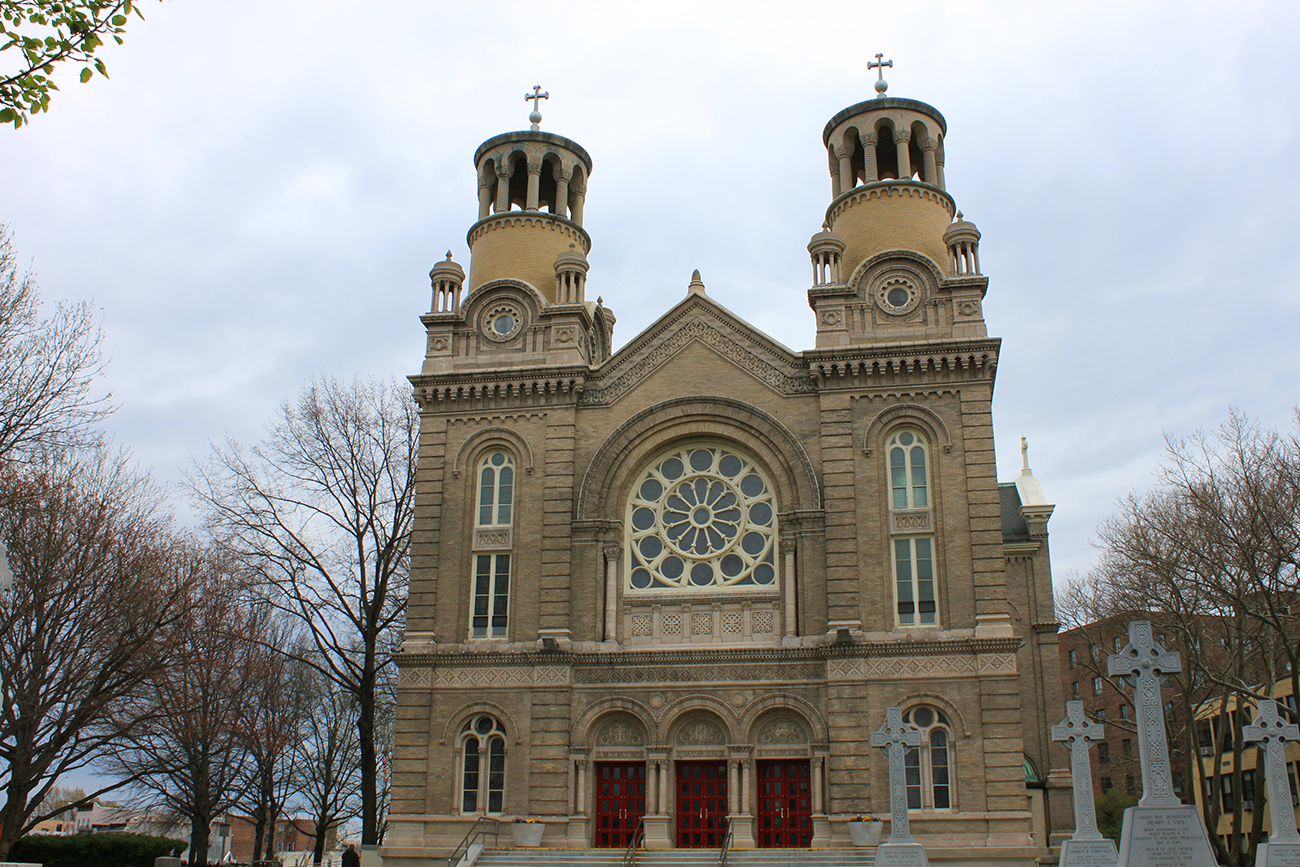
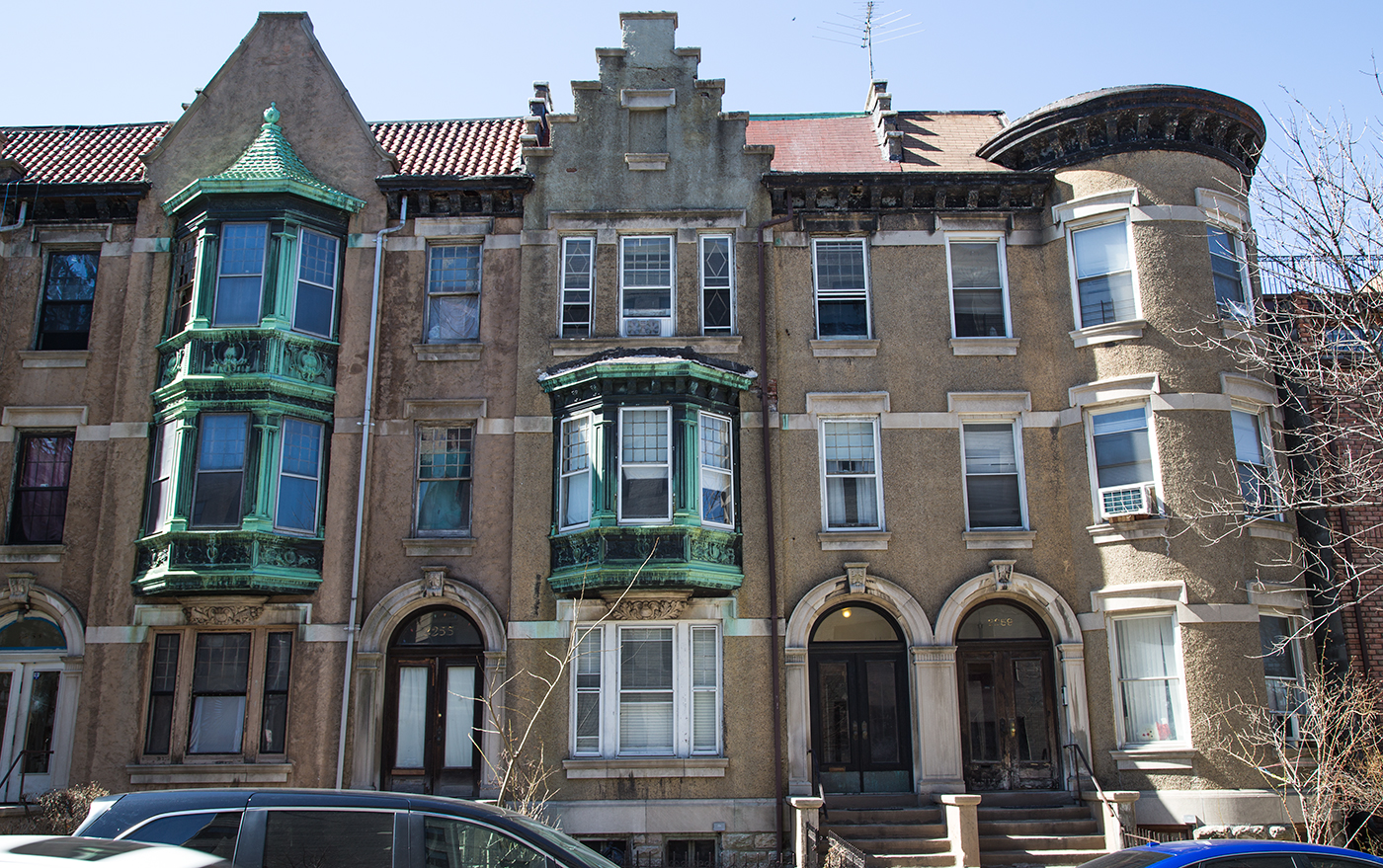
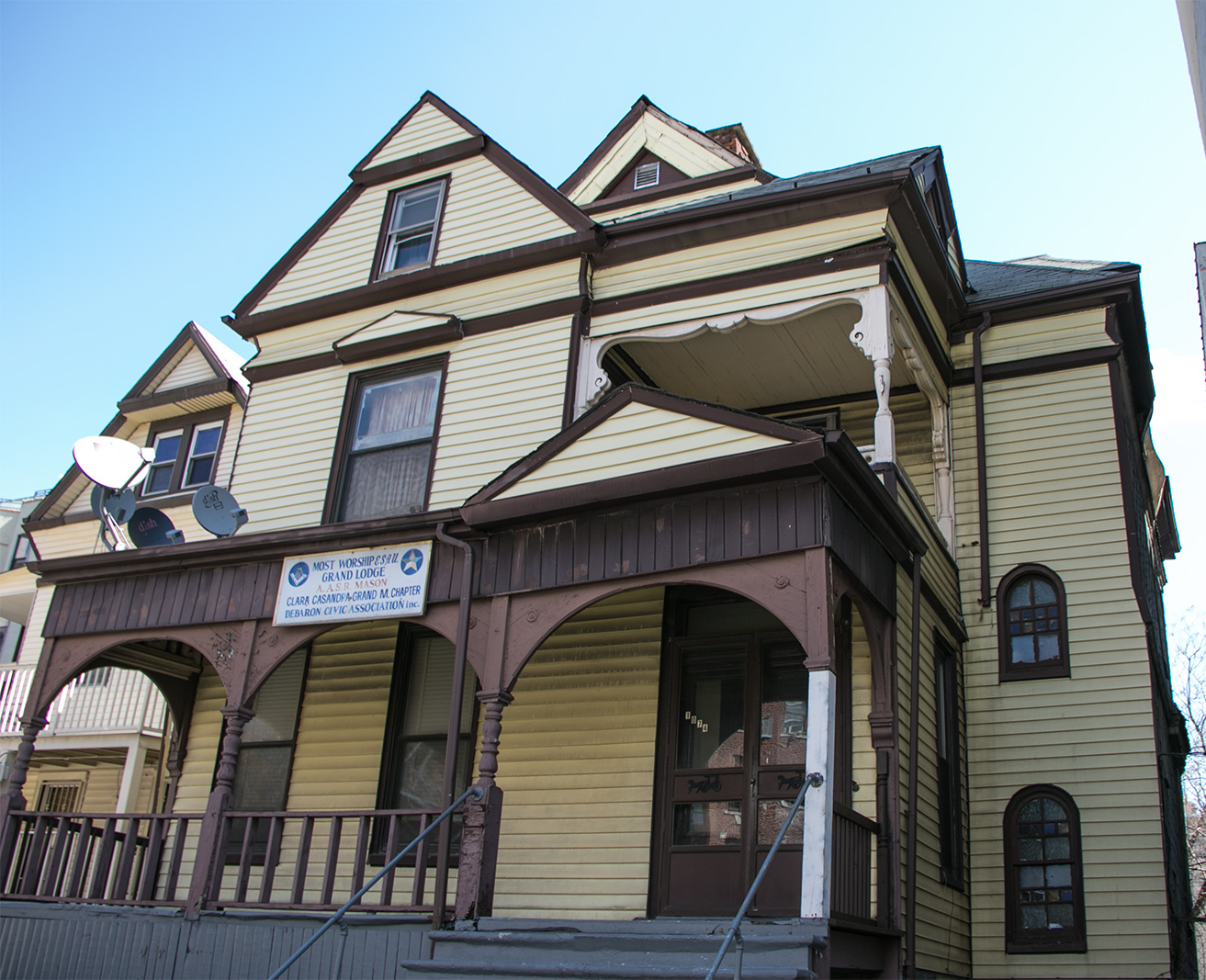
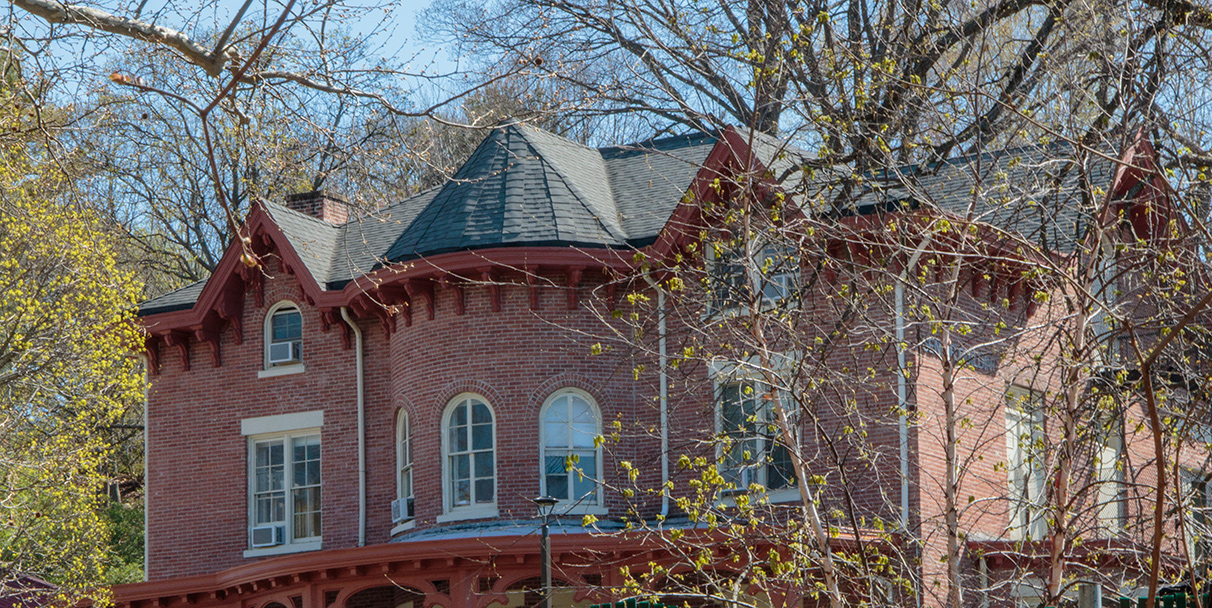
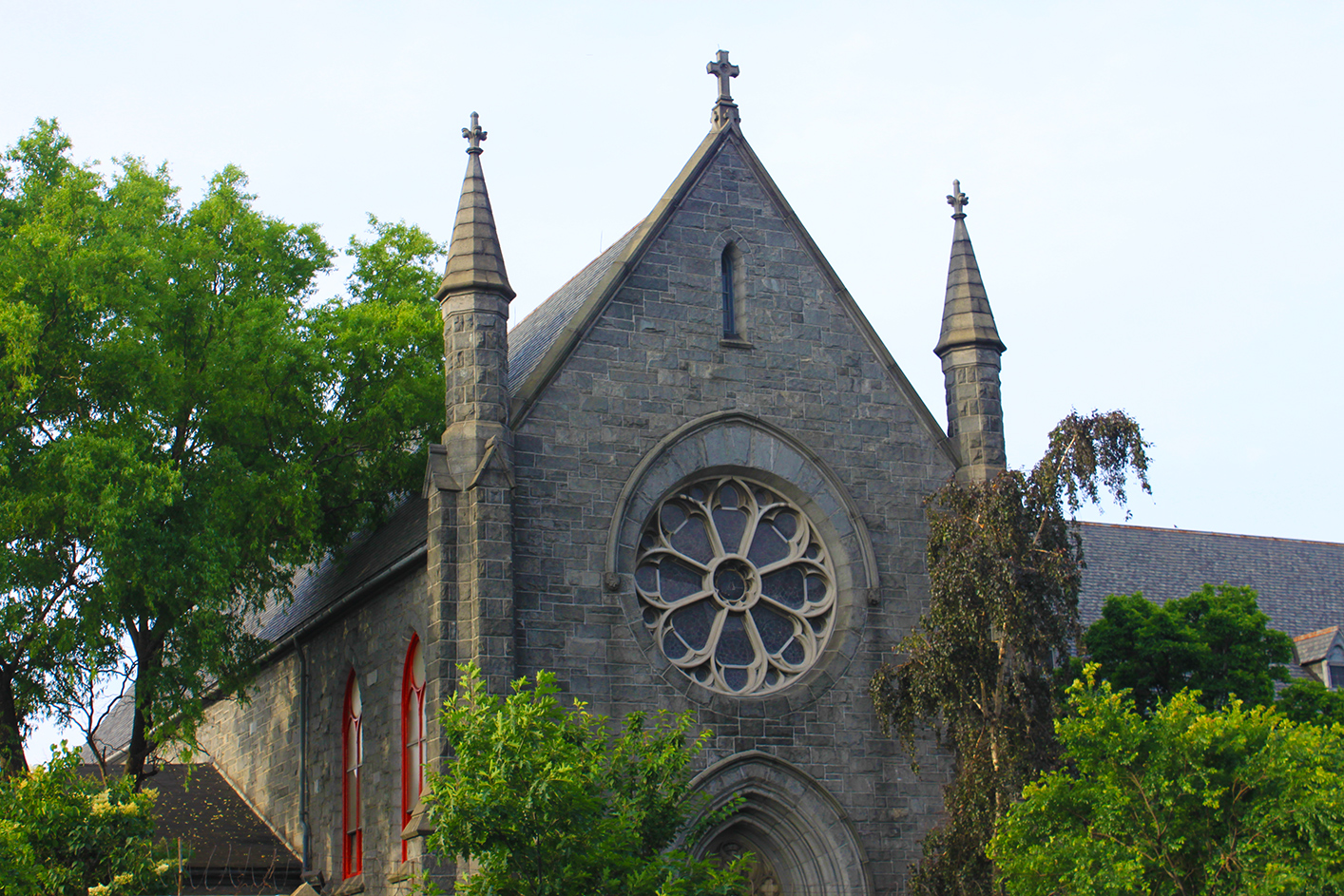
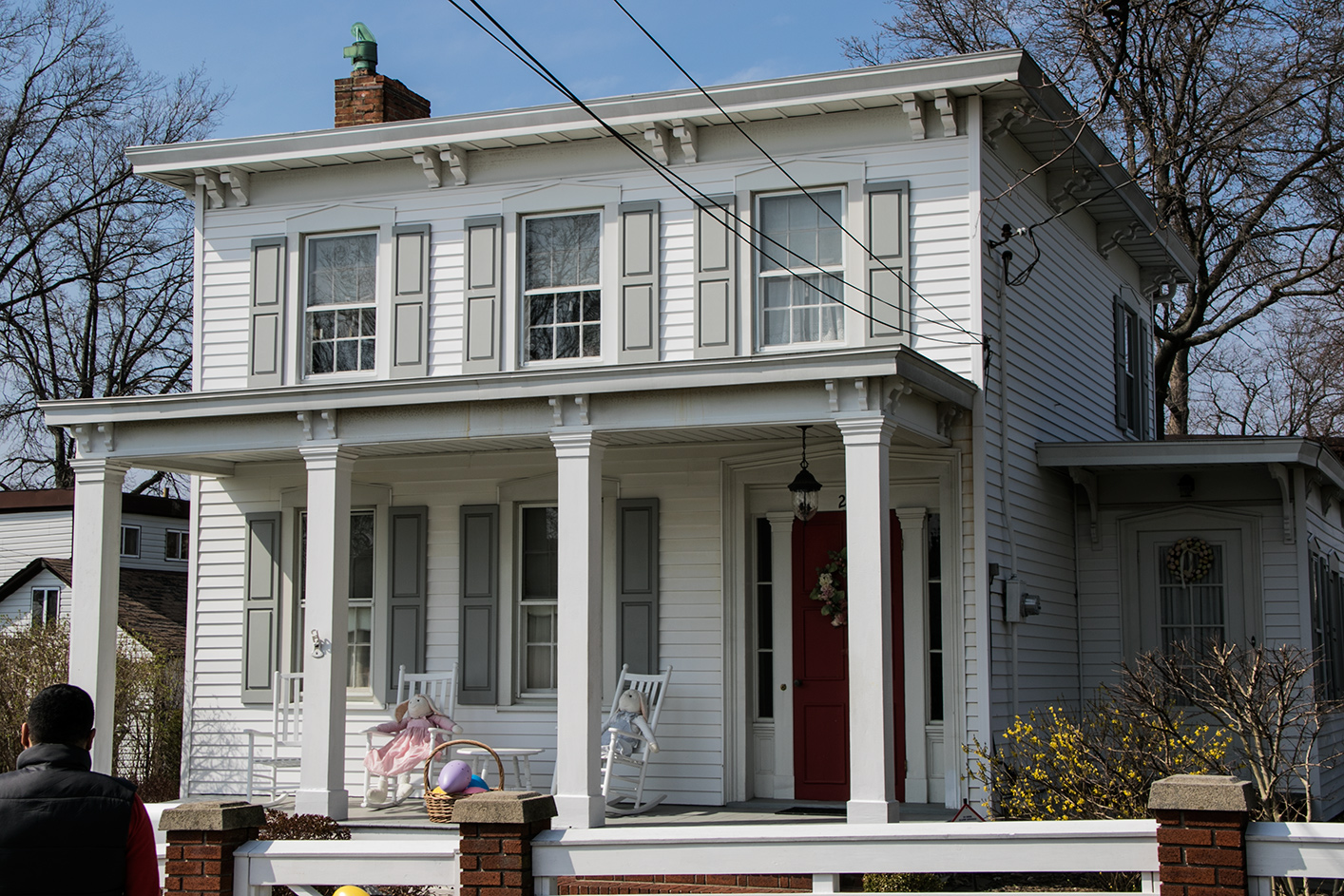
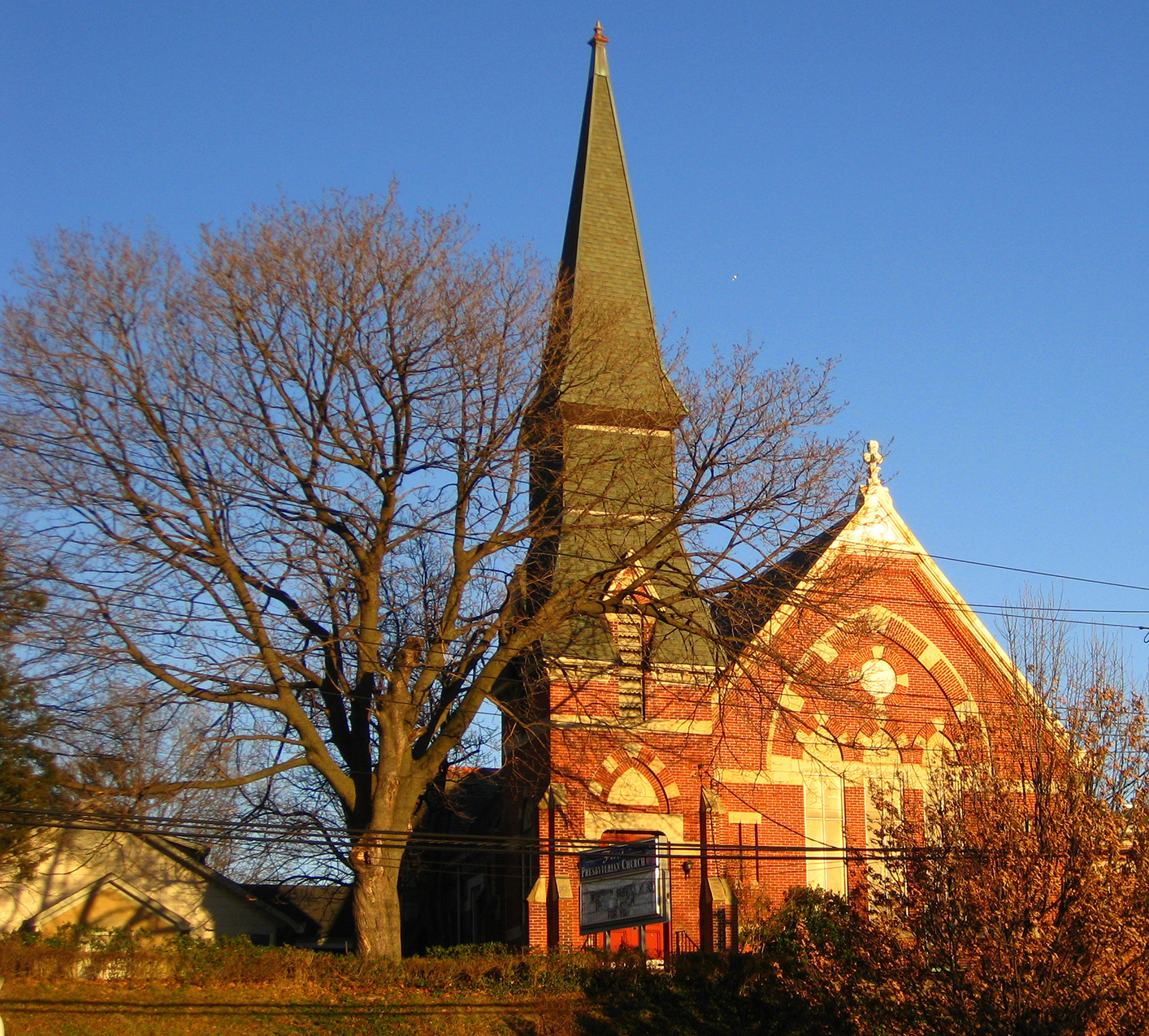
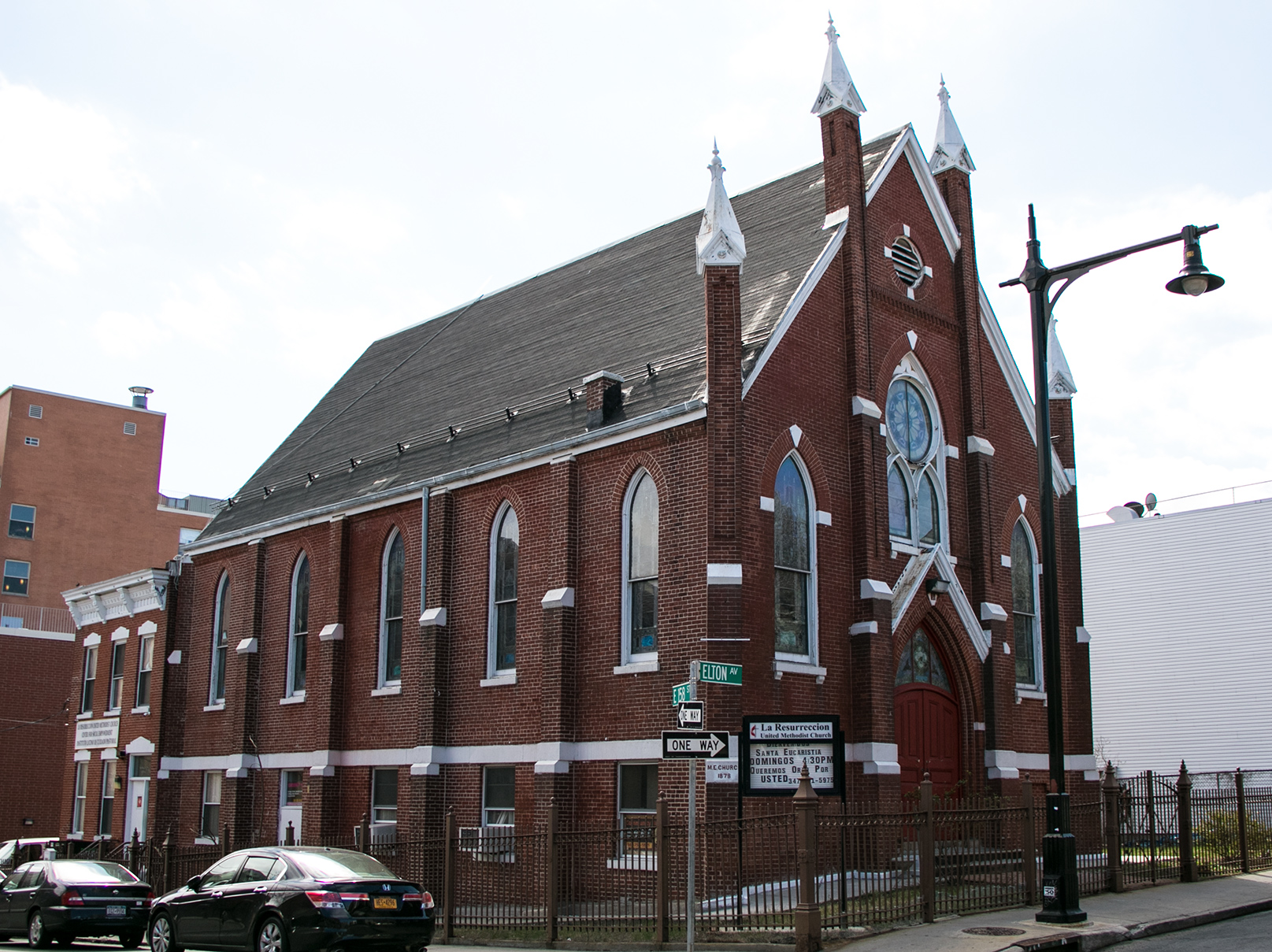
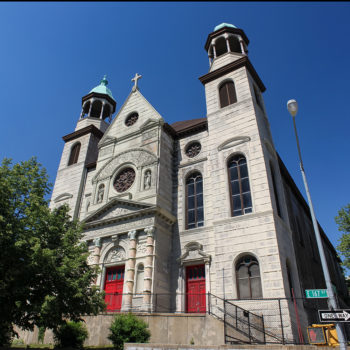
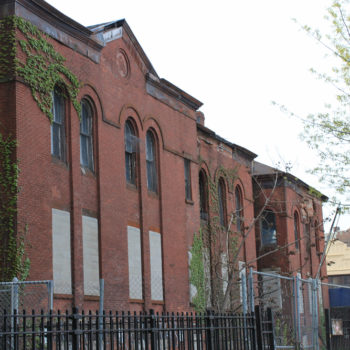
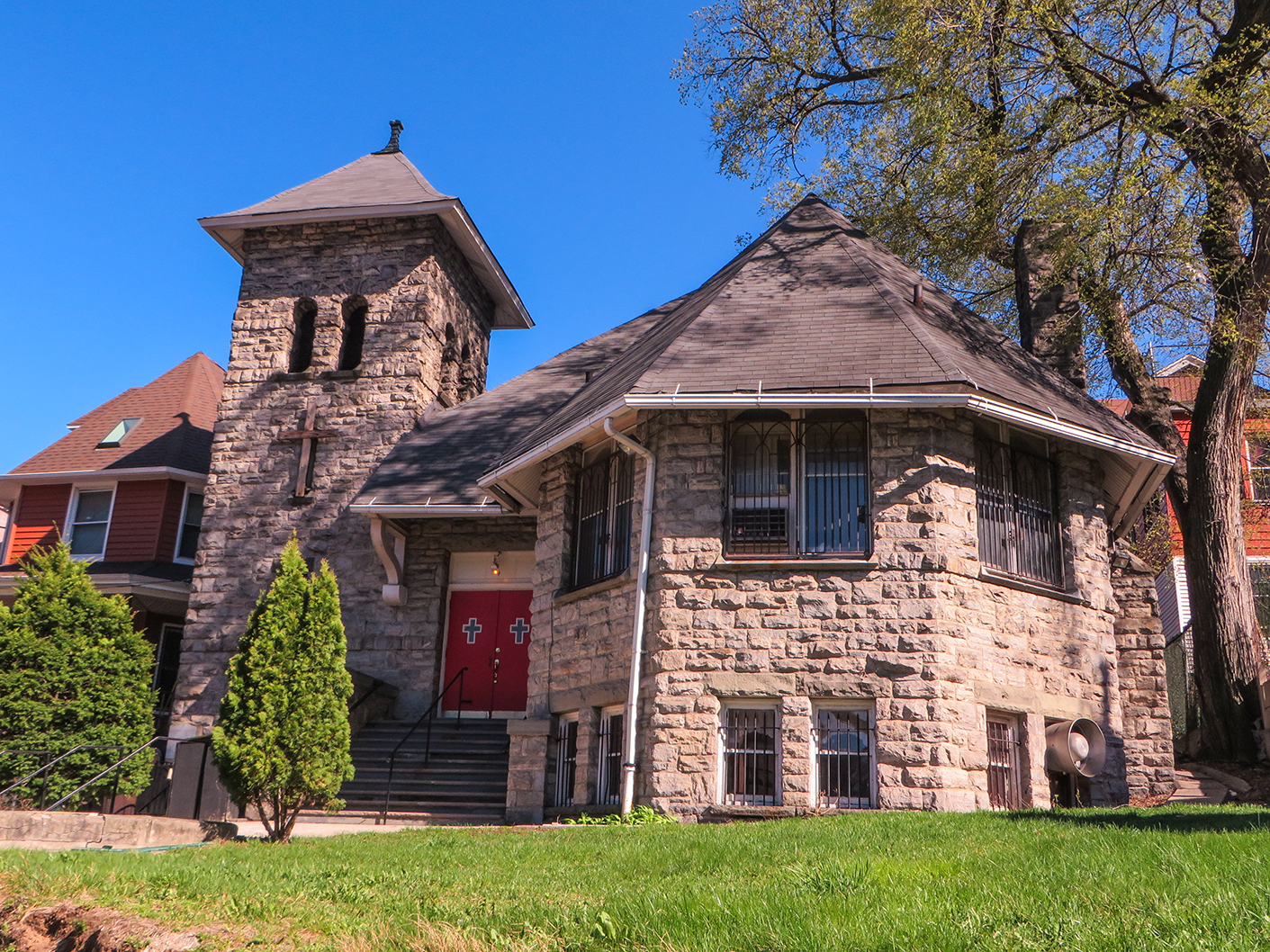
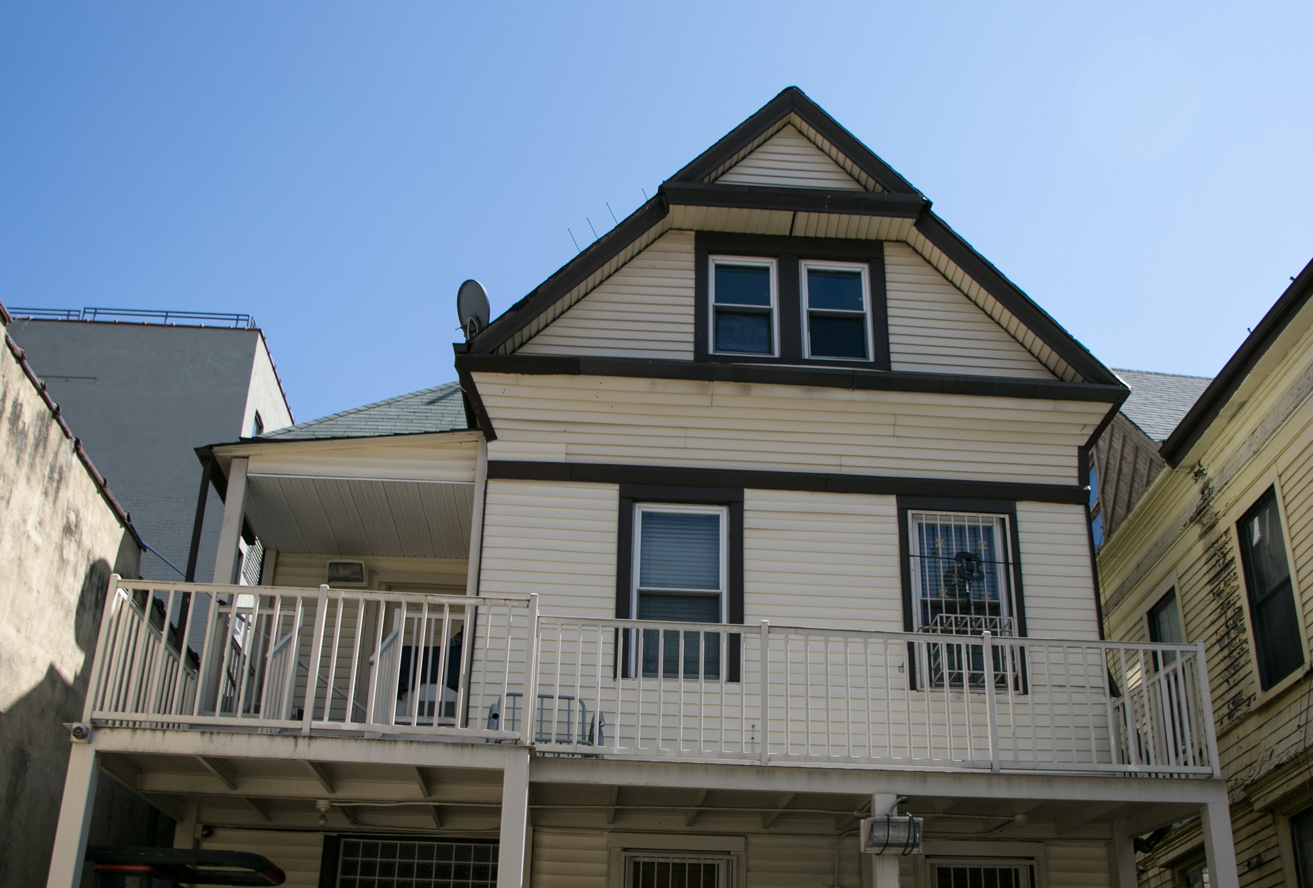
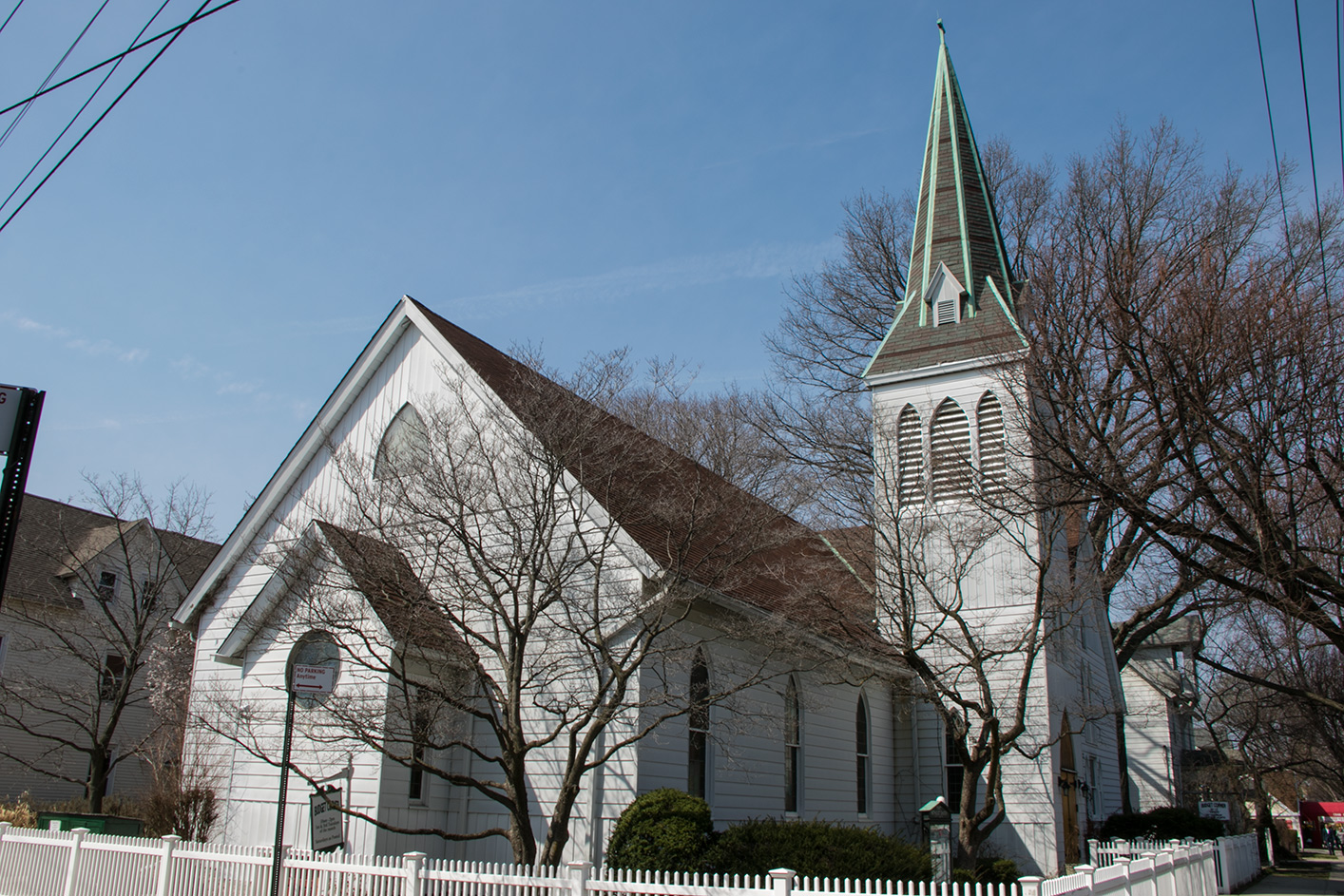
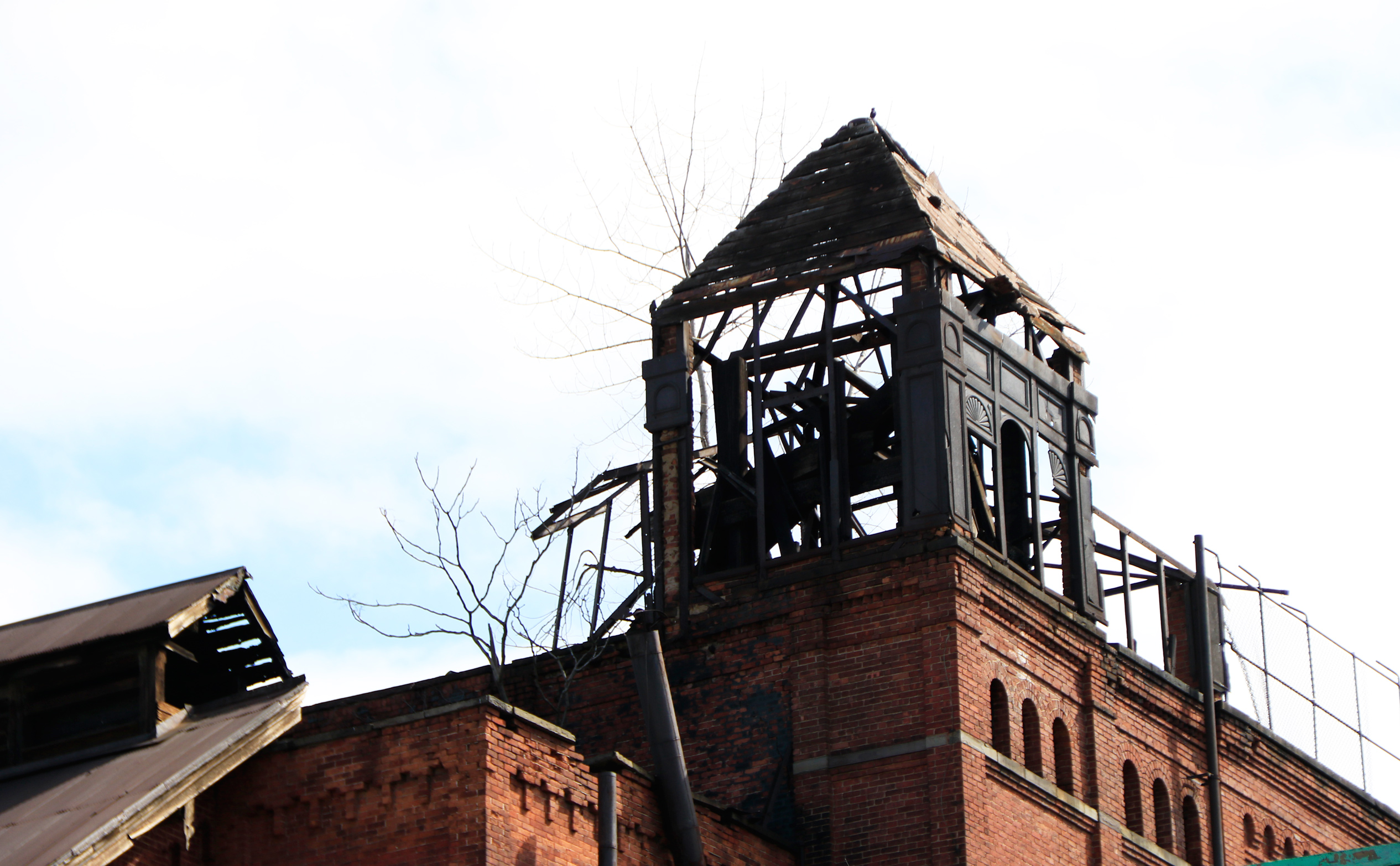
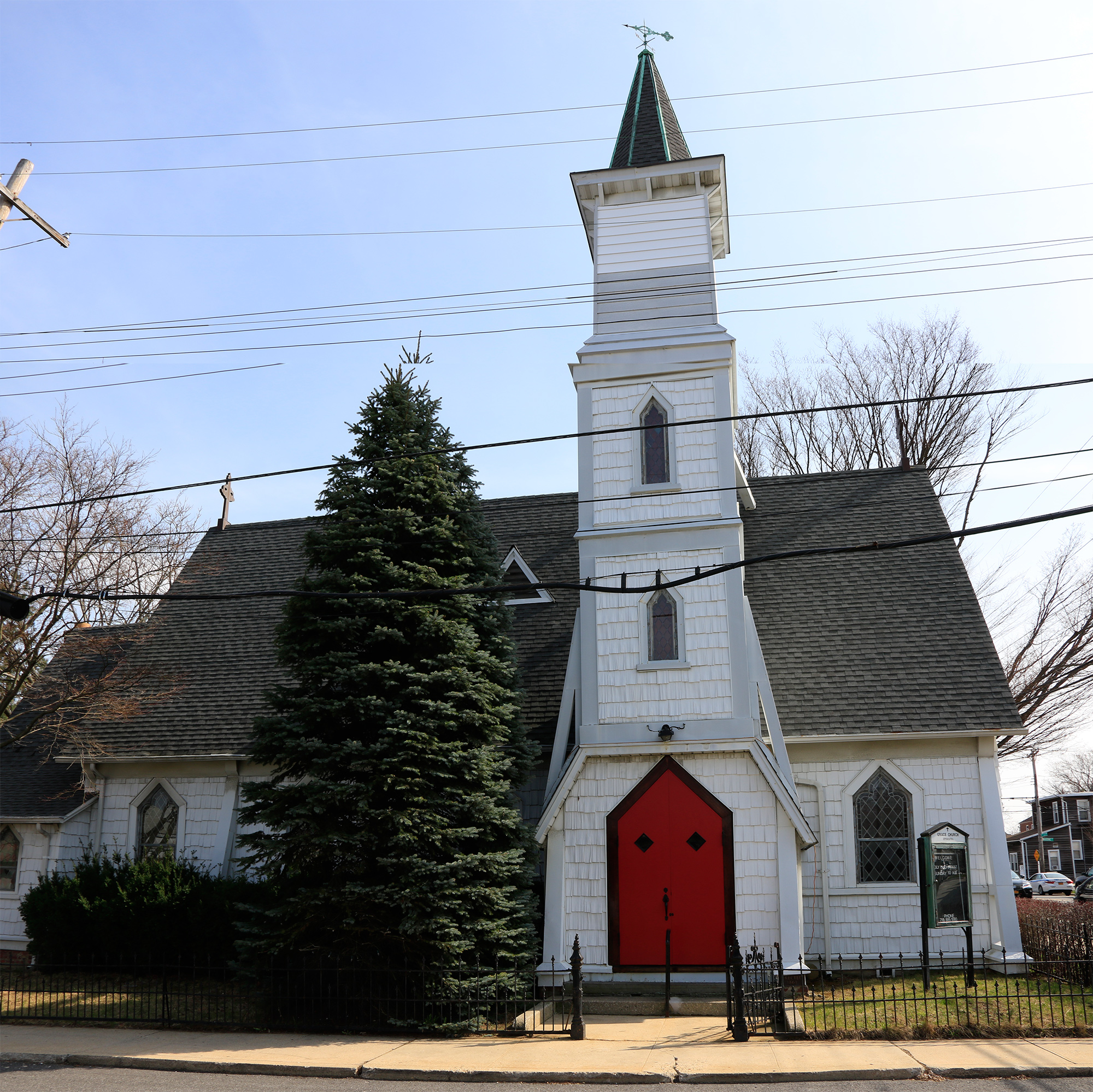
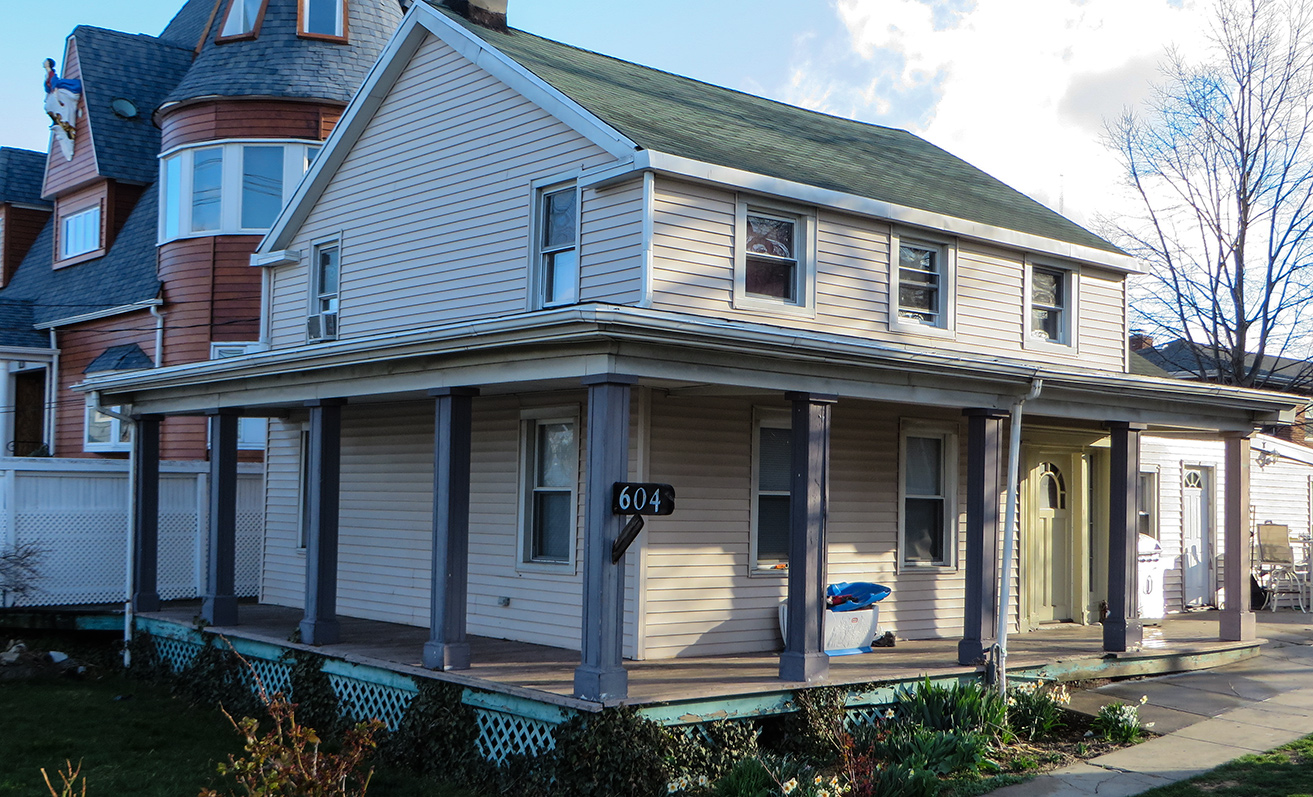

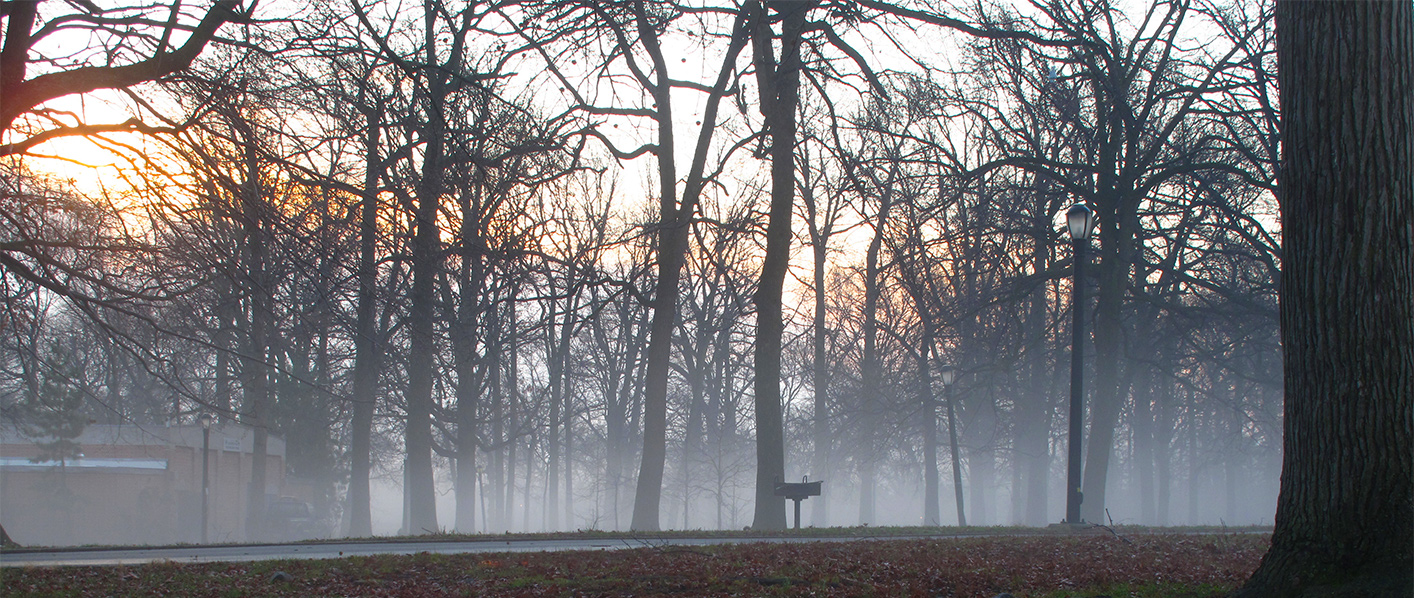

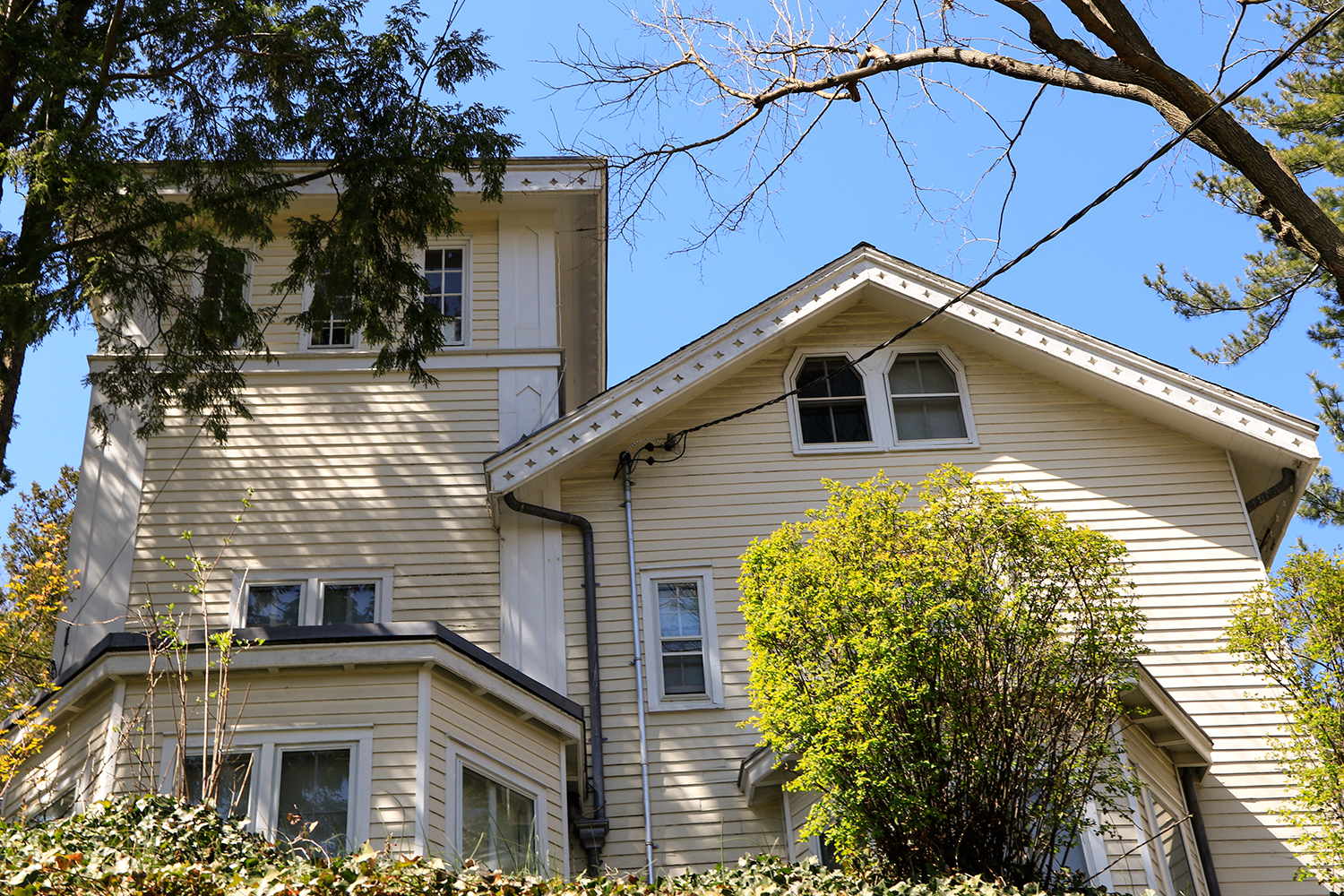
Recent Comments